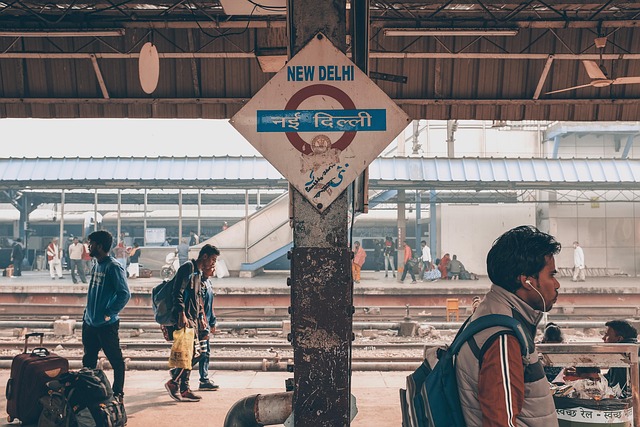As we stand on the brink of a new era in energy consumption, the concept of flexible energy usage emerges as a beacon of hope for both our transport systems and rural communities. The challenges of climate change require innovative solutions, and flexible energy usage offers an exciting pathway toward a sustainable future.
Transport sustainability is no longer just a trend; it’s a necessity. Our cities are straining under the weight of pollution and traffic congestion, while at the same time, rural areas are often left behind in discussions about clean transport. By adopting flexible energy usage, we can revitalize the transport sector in a way that honors our commitment to both the environment and the communities that often feel marginalized.
Imagine a world where electric vehicles (EVs) are not only charged through renewable energy but are also integrated into the energy grid in a way that they act as storage units. This ‘vehicle-to-grid’ technology demonstrates the essence of flexible energy usage. Instead of merely drawing power from the grid, EVs can return energy during peak demand times, ensuring that energy is utilized more efficiently. In this new paradigm, communities—both urban and rural—benefit from reduced energy costs and a more stable grid.
Rural development also stands to gain significantly from the integration of flexible energy solutions. In many rural areas, access to reliable and affordable energy remains a challenge. By investing in flexible energy systems, we empower these communities to harness local renewable resources and reduce their dependence on fossil fuels. Moreover, having reliable energy can attract businesses and foster economic development. Imagine farmers using solar energy to power electric tractors, reducing operational costs, and minimizing their carbon footprint. This type of synergy between energy usage and transport not only supports agricultural resilience but also helps to stabilize rural economies.
Furthermore, with the rise of shared mobility services driven by electrification—think of car-sharing and ride-hailing apps—flexible energy usage plays a vital role in transforming how we move. These services can enable people in rural areas to access transportation without the need for personal vehicles, contributing to a lower overall carbon footprint. As rural populations embrace these innovations, they not only bridge the gap in transport accessibility but also fuel their local economies by providing new mobility solutions.
Ultimately, flexible energy usage serves as a cornerstone of a sustainable transport future in both urban and rural landscapes. By harnessing advanced technologies and embracing innovative energy strategies, we can create a transport system that is not only sustainable but also equitable. As we pave the way forward, it’s our collective responsibility to ensure that no community is left behind, fostering a future where clean energy and sustainable transport are accessible to everyone.




